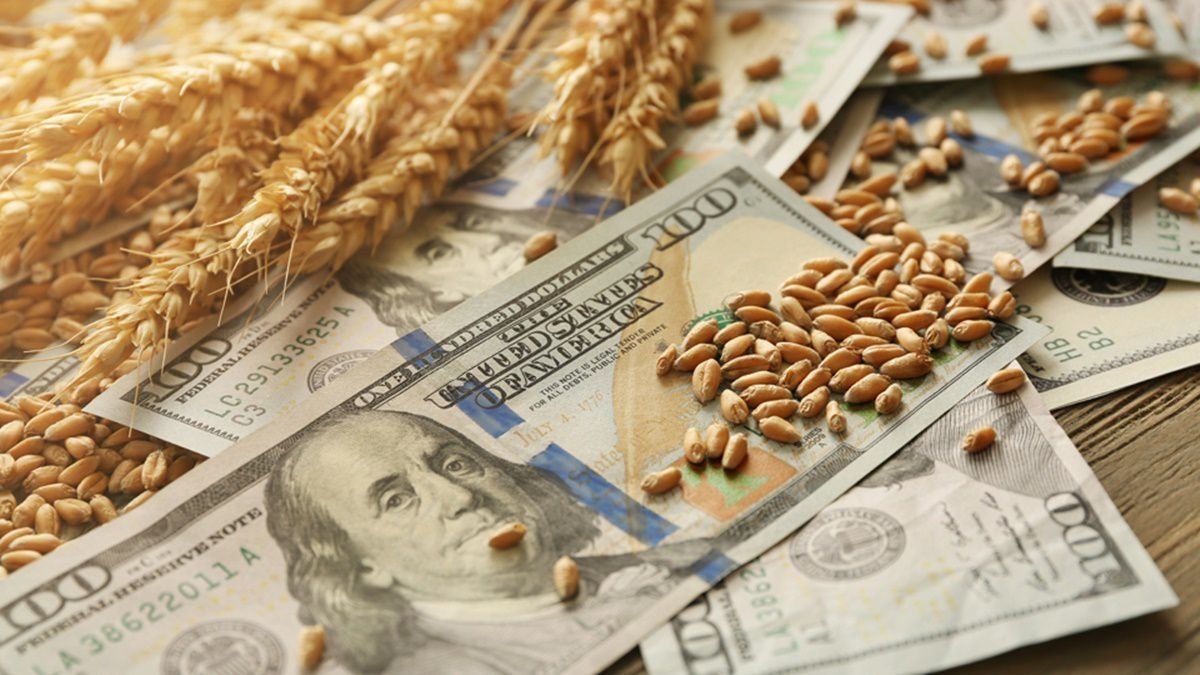According to various economists, since management began at the Central Bank with Santiago Bausili at the head, the entity records dollar purchases for just over US$11,000 million and international reserves net they would already be located in the neutral level. All of this is due to the validity of the stocks, which has almost eliminated all types of demand for official dollars, except that of the highest monetary authority.
If it has been possible to buy so many dollars from the BCRA, it was not because of the participation of the main player in the export market, which is the countryside. The thick harvest has not yet begun, so Economists agree that in the first part of the year the Government “was saved” by the rest of the component of the Argentine exportable supplyas in the case of industry and services, which with lower levels of withholdings and a substantial improvement in the exchange rate in the first two months allowed reserves to be recovered.
Now it is expected that this dollar generator will fade into the background and begin the thick harvest, which, according to experts, It is somewhat delayed due to weather and price issues. The volume operated in the foreign exchange market registers a significant reduction, going from more than US$500 million in March to an average of less than US$250 million in recent days. Settlement on the exchange market fell from US$120 million to US$70 millionestimate private consultants.
The Economist Fernando Marull pointed out in this regard that “the soybean exports have not yet startedbecause the price fell more than US$100 in recent months and the rains also complicated the harvest.” “We must hope that this will be reversed closer to the end of the month.” and there there will be a strong increase in supply,” he considered.
The perspective is different depending on theThe economist Andrés Reschini, from F2 Soluciones Financieras, a consultancy that tests first-hand the spirit of the producers since it is located in Rosario. It does not seem that there will be a “strong increase in supply.”
“The issue with the liquidation, beyond the losses due to rain and the lower quality of the soybeans, is that the producers are not seen in a hurry to liquidate,” he explained to Ámbito. The economist maintained that “soybeans have a quite low price and the producer culturally covers himself with the grain, “beyond the debts they carry from last year and the needs of the activity”
“I think the producers are going to delay the liquidation. “They are going to liquidate what is fair and necessary and are going to try to cover themselves by retaining the grain they can,” Reschini explained.
Agro: the rains complicate everything
One of the issues that delays the departure of grains to the port is that after the brutal drought that affected Santa Fe and the rest of the productive areas, there was excessive rain that will cause a drop in the quality of the grainswhile new rainfall in recent days caused flooding on roads rural areas that will force activities to be delayed.
On the other hand, the problem that the Government faces In the coming months there will be an urgency to unify exchange rates to normalize the flow of foreign trade.
Consultant Salvador Distéfano warns that The Government is going to have to change the dollar scheme for the countryside, known as “blend”, which allows 20% to be settled in the financial markets (CCL) and 80% in the official one.
“According to the BCRA Market Expectations Survey, exports for the entire year 2024 would be US$80,281 million. If 20% is settled with the CCL dollar “What would actually enter the Central Bank amounts to US$64,224.8 million,” the consultant says.
In that sense, he maintains that “Imports would be US$64,643 million, according to the same source.” So it concludes that “if this settlement scheme is maintained, the income of dollars to the BCRA during the year 2024 would be negative by US$418.2 million.” “This tells us that “It will be difficult to maintain a mixed or blend dollar throughout 2024 that settles exports where the wholesale dollar weighs 80% and the CCL dollar weighs 20%,” he explained.
For this reason, Distéfano estimated that “the blend dollar sooner rather than later will end, we will return to a single exchange rate, and we will have to be careful with the prices of raw materials in the future” Therefore, “the ideal would be to eliminate the PAIS tax.”
Look askance at the exchange rate
Meanwhile, the economist from the Austral University Martin CalveiraSubmits that “The market projections reported by the BCRA once again estimate a positive trade balance for this year of US$15,638 million.” which translates into a nominal increase of US$750 million compared to the previous estimate.”
“This performance is derived from a level of exports of around US$80,281 million, while imports would amount to US$64,643 million. In comparison with the year 2023, “Exports would show a year-on-year increase of 20%, representing US$13,492 million”he pointed.
Last week, consultants such as Martin Polo, by Cohen Argentinathey recommended that investors look “out of the corner of their eye” at the appreciation of the exchange rate, because it discourages the liquidation of dollars while stimulating imports, while Emmanuel Alvarez Agisthe former vice minister of Economy, indicated that the data to be taken into account by the BCRA is to know the final value of the harvest and how much of it will be sold abroad. “If the settlement is below 80% of the value, it is a bad year,” he explained.
Source: Ambito




